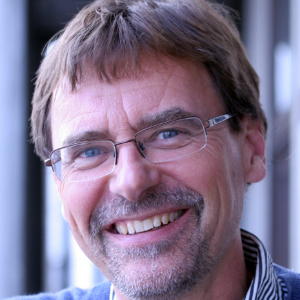Title : Seed shattering of Bromus hordeaceus L. during the growing season of winter wheat
Abstract:
Bromus hordeaceus ssp. hordeaceus L. is native to Eurasia, where it is most common in the Mediterranean region. It has naturalized in all other continents except Antarctica. It is annual or biennial. The culms are erect or rarely ascending from a decumbent base and can become up to 100 cm high. In Scandinavia, it germinates in the autumn and can be a problematic weed in winter cereals and a severe problem in seed production of ryegrass (Lolium perenne L.) because cleansing the seeds of B. hordeaceus from L. perenne is very difficult. B. hordeaceus seeds only survive one year in the soil, and therefore the plant is especially a problem where reduced tillage is practiced or in the headland of the field if ploughing and seedbed preparation had not been done correctly.
In 2018, we investigated the seed production of randomly selected B. hordeaceus plants in a winter wheat field. When the plants started to flower, we placed an open cage around the plants to collect all seeds produced during the growing season. Every week the seeds were collected from the cages with a vacuum cleaner and subsequently counted. Just before the wheat field was harvested, we harvested the B. hordeaceus plants and counted the remaining seeds on the plants. The purpose was to estimate how large a fraction of the total seed production we potentially would be able to harvest with a combine harvest. We found that on average a single plant produced 849 seeds during the growing season of which in average 41 % were left on the plant at crop harvest time. Consequently, it makes sense to collect the seeds with the combine harvester and remove the seeds with chaff from the field to reduce weed infestation in the coming growing season.
Take Away Notes:
• The audience will get new knowledge about the biology of a cosmopolitan weed species.
• The period of seed shattering of weed plants is an uninvestigated area which needs to be addressed to develop new and better integrated weed management strategies.
• The presentation provides a practical solution which can contribute to reduce a serious weed problem in autumn sown crops.


